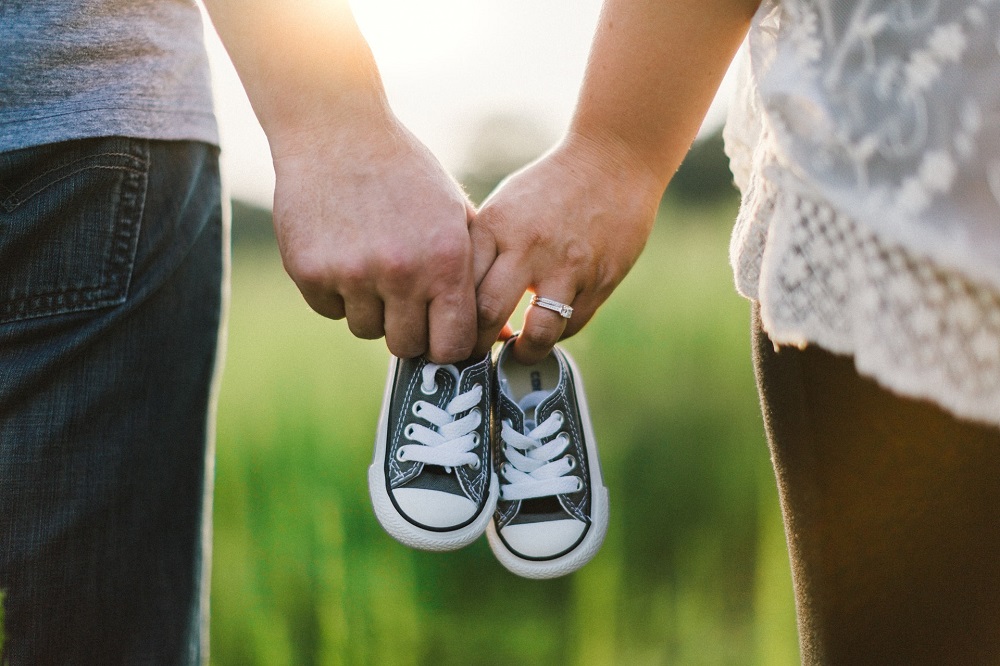If you’re struggling to get pregnant, having tried several fertility options without success, then it may be time to explore a new path to parenthood and investigate using an egg donor.
Year by year, egg donation is becoming more popular in infertility treatment procedures, sustaining its position as one of the most effective options for getting pregnant.
You may worry about egg donation costs, but success rates for IVF using frozen donor eggs can be as much as two or three times greater than with regular IVF. For this reason, donor eggs provide an amazing opportunity for you to begin building your family.
However, deciding whether to try donor eggs can be overwhelming.
You may feel anxious, angry, disappointed, exhausted, or sad about your struggles with infertility until now. Fortunately, IVF with frozen eggs can give you a new sense of hope and relief because you have another chance of getting pregnant.
Using donated eggs from a young, healthy, and fertile woman can increase your chances of achieving a healthy pregnancy.
Egg donation allows you to carry, give birth to, and breastfeed your own child. If you have a significant other who produces sperm, using donor eggs also lets your partner contribute genetically, a very important aspect of the donor egg process to many couples.
If you’re considering frozen donor eggs, it may be helpful to review the following 7-step process of a typical frozen cycle, which can take as few as 4 – 8 weeks from start to finish.
Enroll in a frozen donor egg program
The first step is to enroll with a donor egg bank like Donor Egg Bank USA. This is your chance to ask all of your questions and explore their financial plans to determine your exact financial commitment.
Reduced pricing is available when you purchase the eggs in a bundle with a treatment plan, giving you peace of mind that you’ll be given the best chance possible for a successful pregnancy.
Select your egg donor
View your egg bank’s diverse database of donors to find your perfect match. You’ll be able to evaluate donor profiles from a wide variety of egg donors. Their detailed profiles typically include medical history, genetic disorders, pregnancy history, college degree, employment history, and their reason for donating eggs. You’ll even have access to donors’ photo albums to assess physical characteristics, if desired.

Receive your eggs
After selecting your donor, your egg bank will send your frozen eggs to your fertility clinic via priority overnight shipping. You’ll receive 5 – 8 mature eggs to produce at least one viable embryo for transfer.
Prepare for your embryo transfer
In order to prepare the endometrial lining of your uterus to accept your embryo(s), you’ll need to take fertility medications including estrogen and progesterone for about four weeks prior to the transfer. Typically, you’ll be expected to administer these injections yourself.
Thaw and fertilize your eggs
When thawing, eggs are removed from storage and quickly re-hydrated or warmed. Then, they’ll be combined with your partner’s or donor’s sperm and incubated during fertilization.
With frozen donor egg IVF cycles, embryologists typically fertilize eggs using a technique called intracytoplasmic sperm injection (ICSI) in which a single sperm is injected directly into each mature egg with a needle, rather than allowing sperm to penetrate the egg in a Petri dish.
Undergo your embryo transfer
Once fertilized, your embryos will start to develop.
Your embryologist chooses the most viable embryo or embryos to place in your uterus 3 to 5 days after fertilization. You and your doctor will discuss the number of embryos to transfer during that cycle based on several factors.
Your doctor will transfer the embryos into your uterus by inserting a thin tube called a catheter through your cervix. You may need to rest for a couple of days after the procedure, but you’ll be able to go home the same day.
Take a pregnancy test
You’ll return to your fertility clinic about 2 weeks after your embryo transfer to take a specific blood test that measures the level of HCG (Human Chorionic Gonadotropin), also known as the pregnancy hormone.
Fertility treatment is an emotional and physical rollercoaster ride, but it’s worth it all when you finally have your little one in your arms.
If you’re currently thinking about undergoing IVF using donor eggs, then don’t miss the opportunity to enroll in a frozen egg donor program and turn your dream into a reality.




